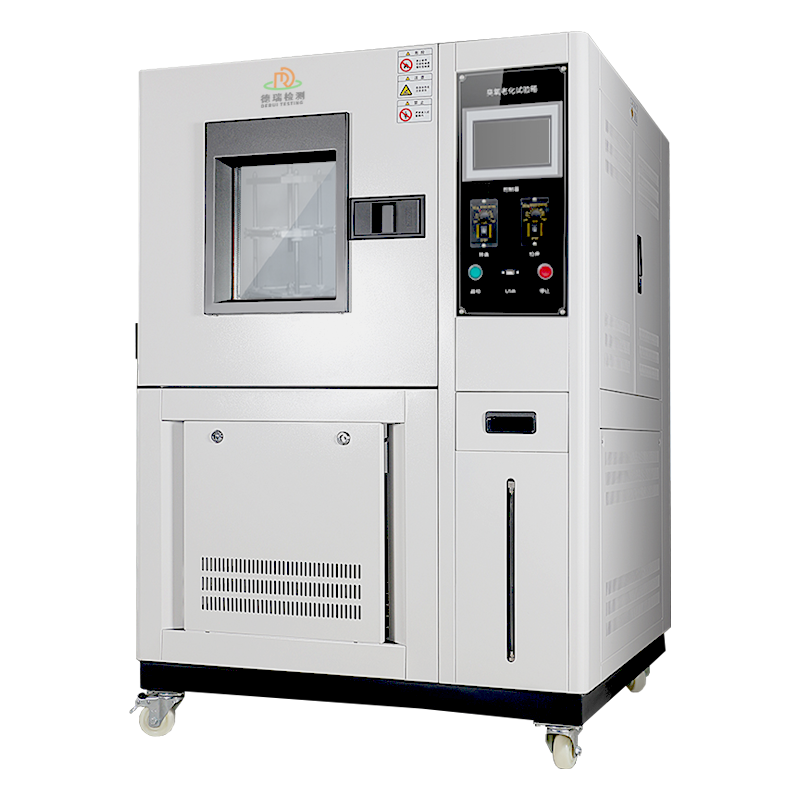
Ozone testing chamber for the paint industry
368005.0 INR/Unit
Product Details:
X
Ozone testing chamber for the paint industry Price And Quantity
- 1 Unit
- 368005.0 INR/Unit
Ozone testing chamber for the paint industry Trade Information
- Cash in Advance (CID)
- 100 Unit Per Month
- 7 Days
- All India
Product Description
Standard Features
| Item | Specification |
| Internal dimension | 450W*450D*500Hmm (100L) |
| Temperature range | RT+10~ 60 (suggest to use 402) |
| Temperature Fluctuation | 1 |
| Ozone concentration | 50~1000 pphm, adjustable (suggest to use 50pphm) |
| Ozone concentration deviation | 10% |
| Sample holder rotation | 360 degree rotation |
| Sample holder | 2pcs removable sample tray, SUS#304 stainless steel |
| Temperature controller | Programmable touch screen controller |
| Ozone concentration analysis | Concentration analysis meter |
| Ozone generator | High pressure silence discharge type |
| Protection system | Leakage, short circuit, over temperature, over heat |
. Battlefield map of ozone aging of coatings
1. Three-dimensional damage mechanism of ozone on coatings
-
Chemical attack layer: ozone oxidizes the resin matrix (e.g. alkyd resin double bond breakage) and weakens the coating crosslink density;
-
Physical penetration layer: ozone diffuses along the pigment/filler interface (e.g. edges of titanium dioxide agglomerates), triggering micro-crack nucleation;
Interfacial peeling layer: substrate-filler interface diffusion of ozone (e.g. edges of titanium dioxide aggregates), leading to micro-crack nucleation
Interfacial stripping layer: ozone-catalyzed metal oxidation at the substrate-coating interface (e.g., steel substrate corrosion expansion), leading to adhesion failure.
Equipment design mission:
Need to simultaneously simulate the 3D attack path of ozone on coating body-interface-substrate in a single device and quantify the damage contribution of each layer.
II. Multimodal ozone attack system
2.1 Ozone-UV-hygrothermal triple-field coupling
-
Attack wave spectrum programming:
Ozone pulse: 0-1000pphm gradient output (to simulate sudden ozone pollution events in industrial areas);
UV resonance: matching the solar spectrum (340nm/420nm) to excite coating photosensitive groups and enhance ozone reactivity (e.g. carbonyl activation of acrylic polyurethanes);
Hygrothermal cycling: dew point control technology realizes periodic condensation on the coating surface (ISO 11507 condensation mode compliant).
-
Energy field synergy:
Dynamic coupling of ozone concentration and UV intensity (e.g. 500pphm ozone + 0.8W/m UV = equivalent to 5 years of outdoor exposure in equatorial regions).
2.2 Holographic diagnostic module for coating damage
-
Molecular fingerprint tracking:
In-situ FTIR spectroscopy for real-time monitoring of resin characteristic peak attenuation (e.g. C=C bond 1630cm- peak area change);
Raman imaging system to map ozone permeation paths at the pigment/filler interface (spatial resolution 1m).
-
Mechanical properties co-testing:
Nanoindentation instrument to test coating hardness modulus online (0-500mN load to avoid sampling damage);
Automatic evaluation of interfacial adhesion by micro-zone gridding instrument (ASTM D3359 Method B).
-
Apparent intelligent rating:
Hyperspectral imaging system (400-2500nm) quantifies color difference E, gloss loss (60 angular accuracy 0.1GU);
AI vision to recognize coating crack fractal dimension and blistering density (compliant with ISO 4628-4/5 quantification standard).
III. Coating R&D lifecycle enablement
3.1 Formulation gaming optimization system
-
Defense matrix construction:
Database for simulation of ozone inhibitors (e.g., hindered amine light stabilizers) and resin/pigment compatibility;
Inverse extrapolation of optimal addition ratios from ozone attack data (e.g., critical concentration of HALS in acrylic systems is 0.8 wt%).
-
Failure warning algorithms:
Prediction of coating Tg (glass transition temperature) drift trends based on FTIR feature peak displacements;
Mathematical modeling of ozone flux - crosslinking degradation - scratch resistance degradation.
3.2 Process Defect Microscopy
-
Traceability of spraying defects:
Reverse identification of process defects such as uneven spraying and insufficient curing (e.g. dry spraying results in areas with porosity >3% becoming ozone penetration channels) through the crack distribution pattern of the coating after ozone aging;
Generate a 3D process window of electrostatic spraying voltage - atomization pressure - ozone tolerance.
3.3 Application Scenario Digital Twins
-
Tell us about your requirement

Price:
Quantity
Select Unit
- 50
- 100
- 200
- 250
- 500
- 1000+
Additional detail
Mobile number
Email



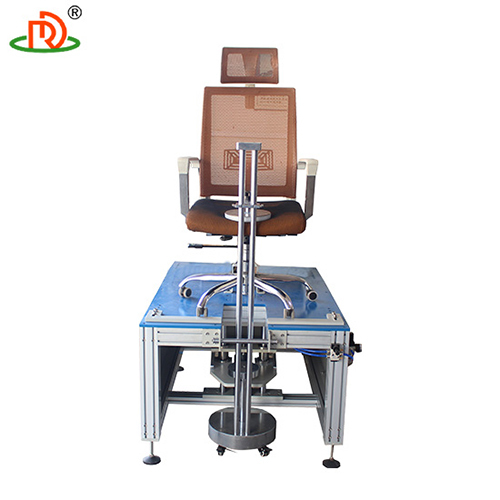
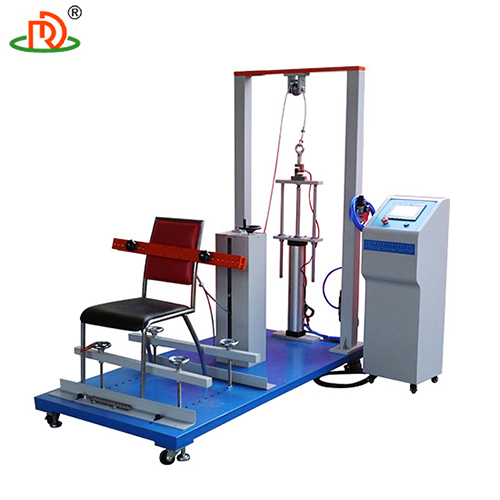
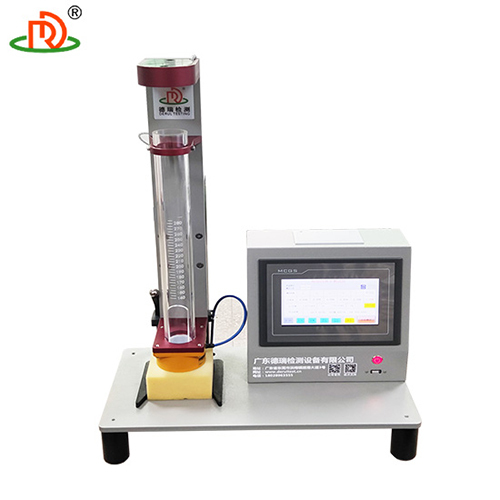
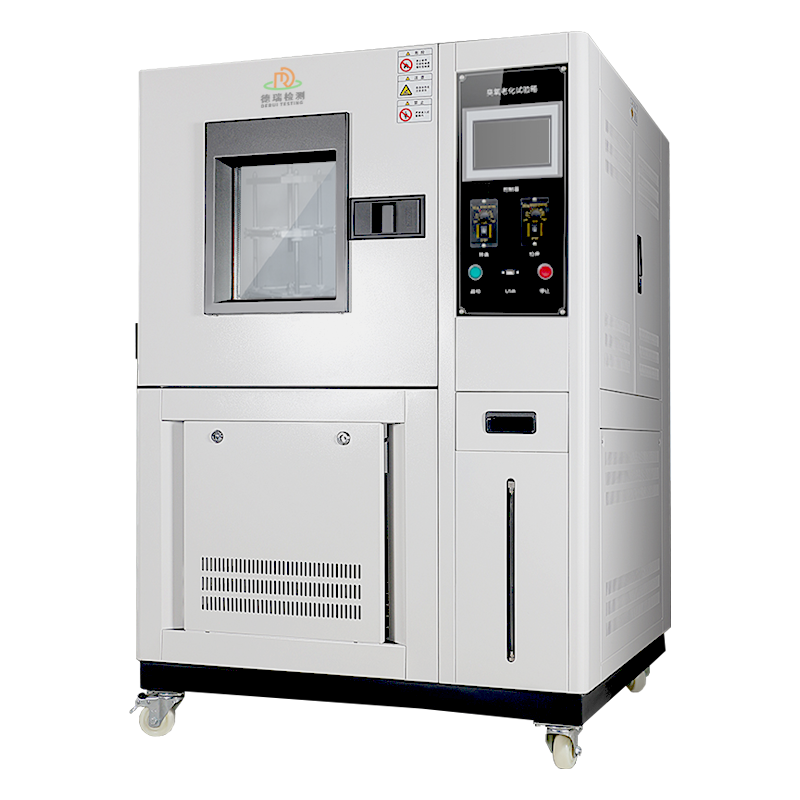

 English
English Spanish
Spanish French
French German
German Italian
Italian Chinese (Simplified)
Chinese (Simplified) Japanese
Japanese Korean
Korean Arabic
Arabic Portuguese
Portuguese